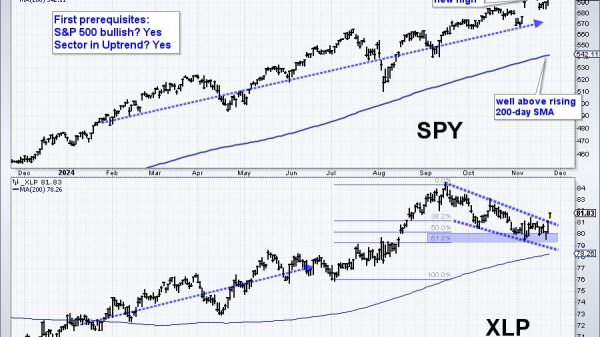Jai Kedia
The latest Consumer Price Index (CPI) report showed prices falling 0.1 percent in June, offering hope that the fight against inflation may be nearing an end. When inflation first spiked post-COVID-19, the discretionary Fed labeled it “transitory” and was sluggish in its response to rising prices. Once inflation became entrenched, the Fed was forced to execute its fastest series of rate hikes in decades.
The Fed should learn from its prior errors and return to rules-based guidance, which is currently indicating a significant policy rate reduction. Otherwise, it risks keeping monetary policy overly tight and contracting the economy.
Most experts expect the Fed to keep rates unchanged in July and issue a rate cut in September. But macroeconomic data indicate that there is no reason for the Fed to wait. While the Fed is obsessed with its communication and forward guidance, these measures have had numerous negative consequences and have failed to inform the public of the Fed’s next moves. The best way for the Fed to improve its communication is to adopt a policy rule and be required to explain any deviations from that rule. (This was proposed by the 2015 FORM Act.) This would make monetary policy more objective and prevent the private sector from having to parse every word from Fed officials for guidance.
Many widely used monetary policy rules advocate for an immediate rate cut. For example, the Taylor rule, an approximate relation between the Fed’s policy rate target and its dual mandate macro indicators (inflation and unemployment), shows the Fed’s target range is already off by 75 basis points. The following equation is a simplified Taylor rule, one that the Fed would use to calculate its target federal funds rate (FFRt):
FFRt = 0.8 x FFRt‑1 + ( 1 — 0.8 ) x [ 1.5 x Inflationt — 0.5 x ( Unemployment Ratet — NAIRUt ) ]
In June, the realized federal funds rate (FFR) was 5.33%, and the latest quarter-to-quarter CPI inflation was 0.26%–annualized to 1.05%. Using June’s unemployment rate of 4.1% and a 4.41% natural rate (NAIRU), the implied current FFR should be:
FFRJuly 2023 = 0.8 x (5.33%) + 0.2 x [ 1.5 x (1.05%) — 0.5 x (4.1% — 4.41%) ] = 4.61%
So, the Taylor rule indicates the Fed’s target range of 5.25 to 5.50% is too high. It should adjust the target range quite significantly by lowering it to 4.50 to 4.75%.
To be clear, our recommendations to the Fed have remained consistent and do not merely surface when advocating for rate cuts. Last year we used the same rule to commend the Fed’s decisions to maintain rates. Since that time, it seemed the Fed had returned (at least briefly) to rules-based policymaking, but its current stance again seems at odds with a policy rule.
The Fed should continue to follow a policy rule and drop rates in July—not wait until September. And it shouldn’t stop there. It should explicitly affirm its commitment to rules-based policymaking going forward. If not, Congress must ensure consistent monetary policy by forcing the Fed to follow a rule and publicly justify any deviations from it.
























